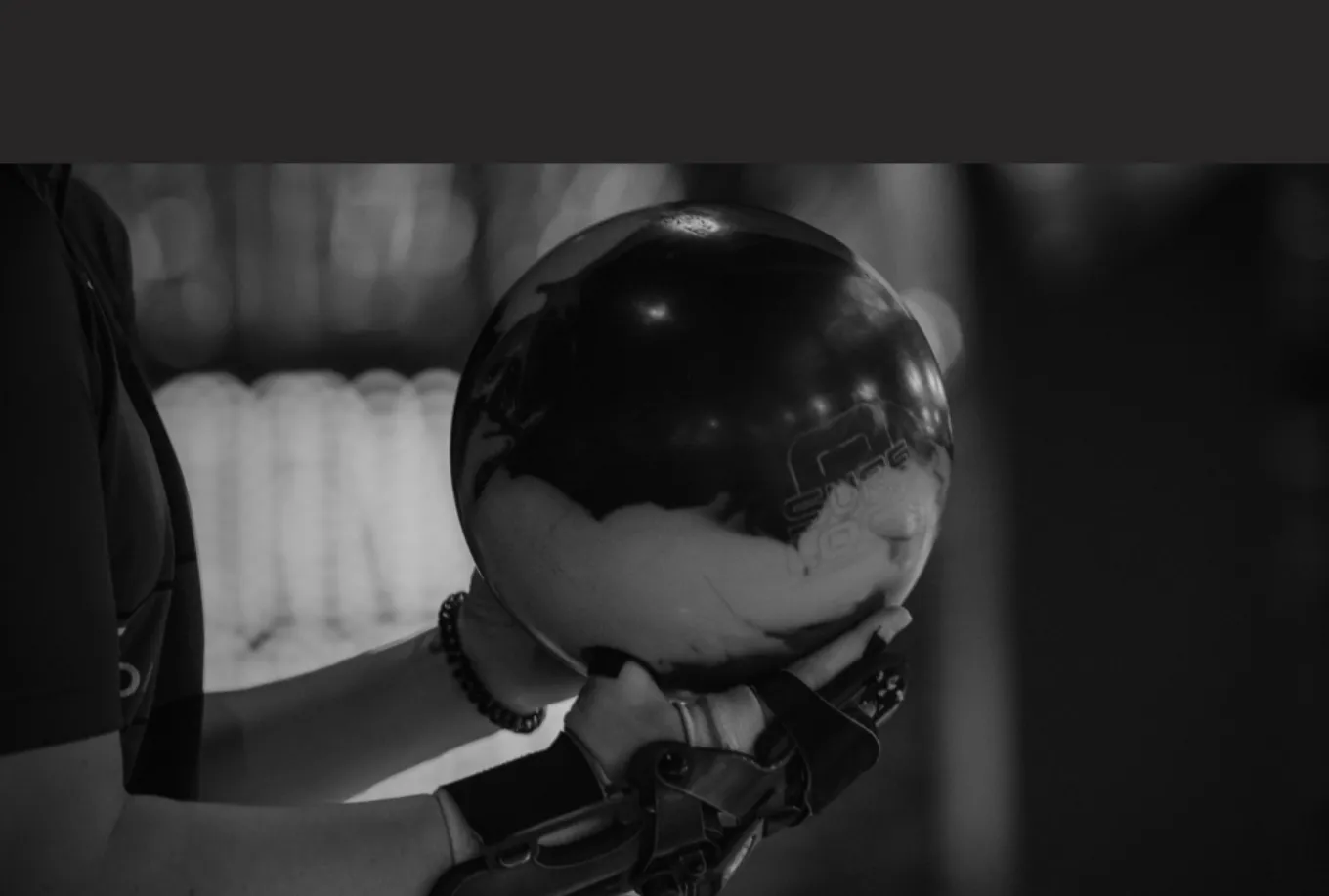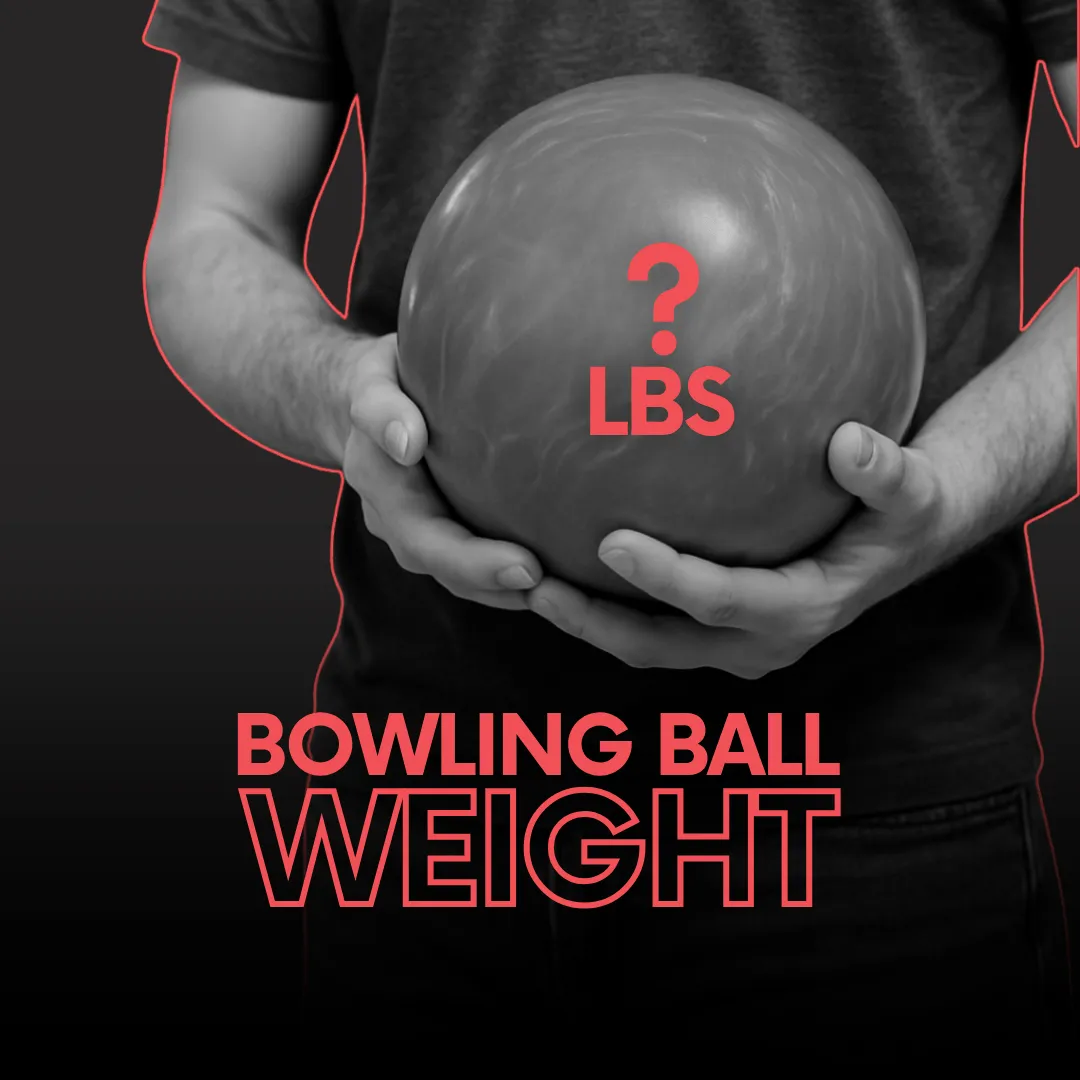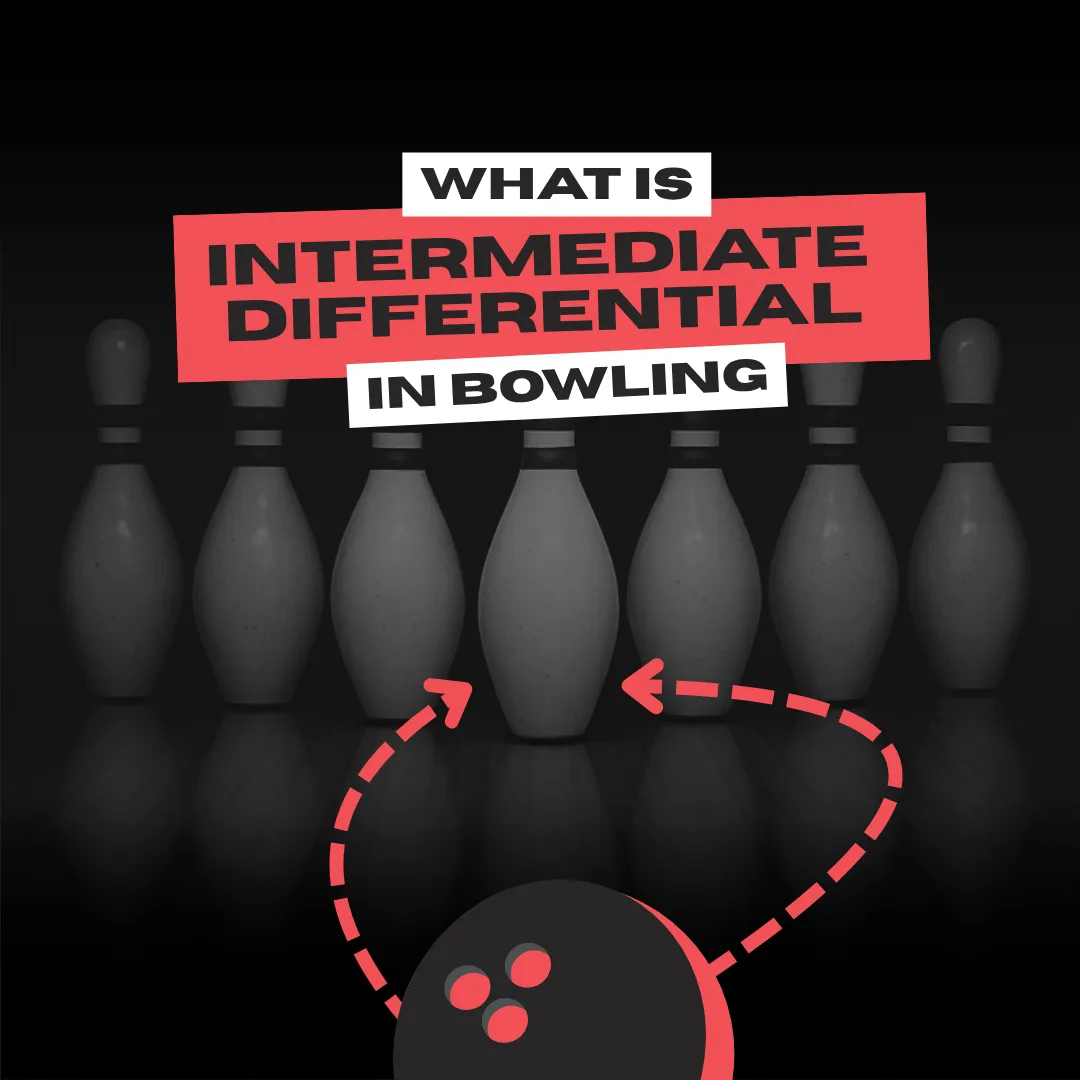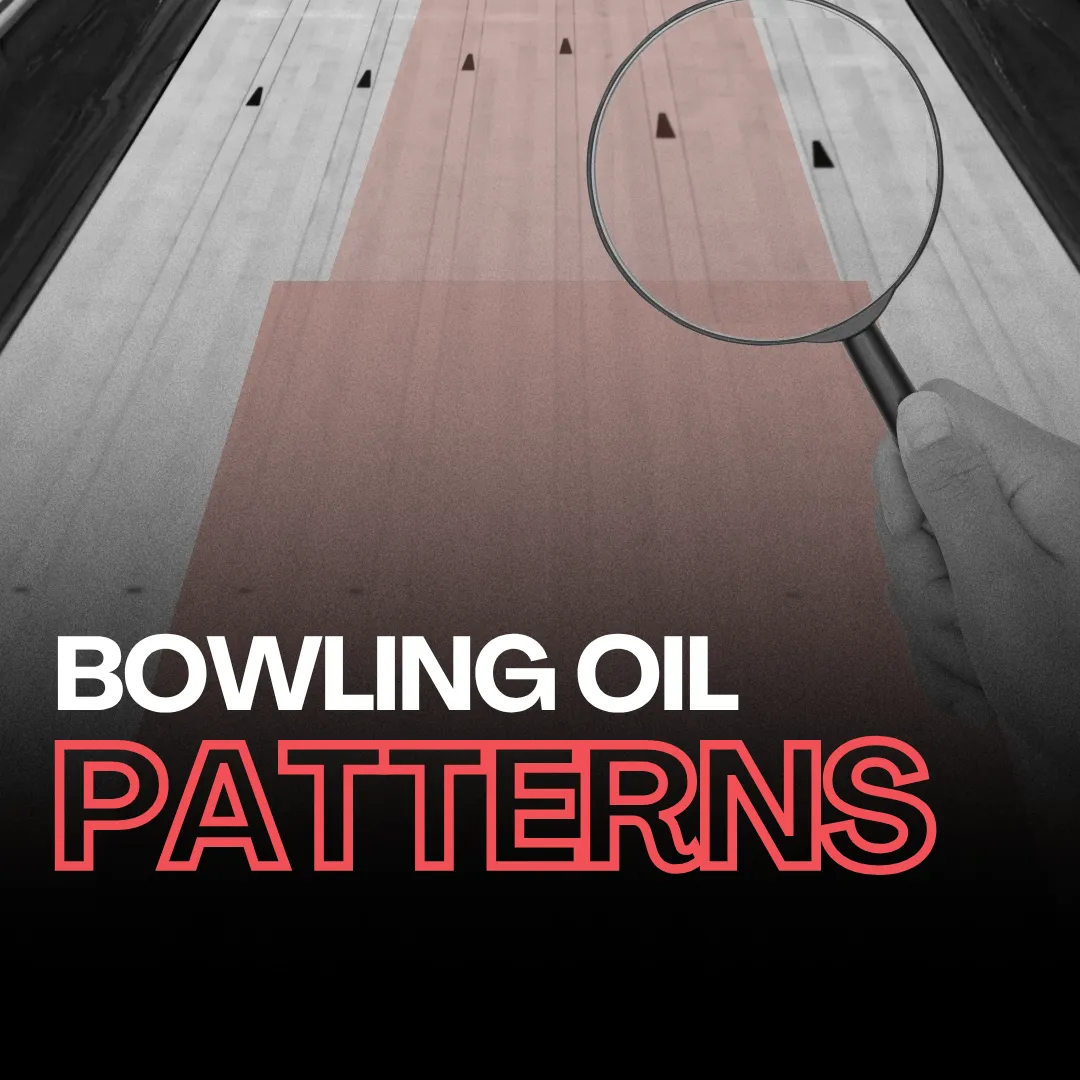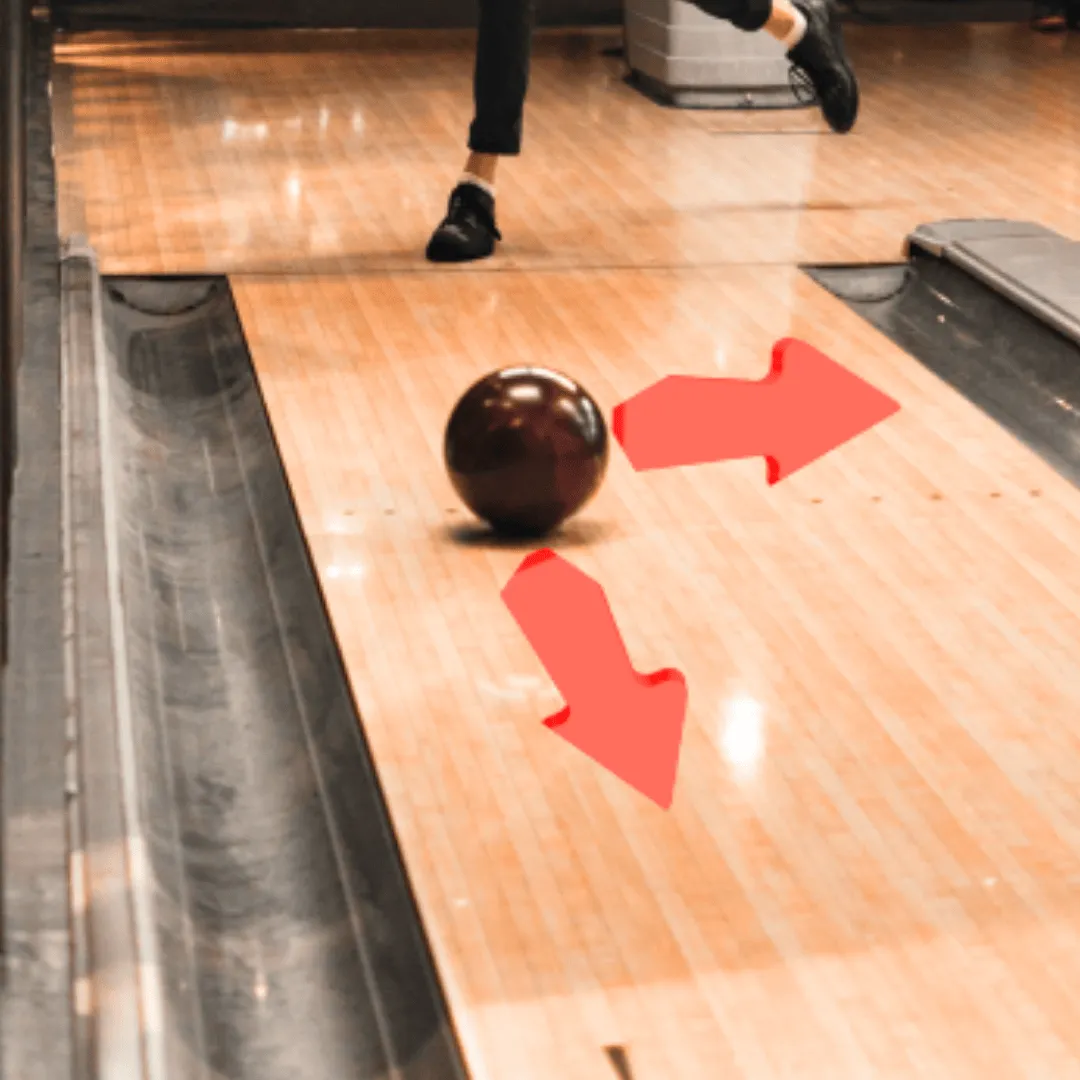We rarely consider the bowling ball as the only game component that touches everything - the player, the lane, and the pins. Choosing the right bowling ball at the right time is essential to modern bowling. You will probably agree that even the best player will not have a chance to win against a mediocre with a house ball.
High-performance bowling balls are very different from the ones we are used to at bowling centers. House balls are designed to last for a long time, while high-performance balls have to have the best possible reaction on the lane. It's impossible to have both, so either the longevity or response of the bowling ball suffers.

No matter how hard you spin a house ball, it will never hook as much as a professional bowling ball. So it's not worth talking about house balls - let's talk about high-performance ones instead. Bowling experts agree that the most crucial characteristic of the ball, which determines 80% of the reaction, is the surface. The rest is the ball's core and the drilling, but let's leave the conversation about the 'depths of the ball' for another time. Let's talk about the surface.
What are bowling balls made of?
There are thousands of different bowling balls, but they can all be divided into three main groups according to the surface reaction - plastic, urethane, and reactive resin. They all have unique functions and allow players to adapt quickly to changing lane conditions. Let's take a closer look at each of these surface types.
Plastic bowling balls
Plastic bowling balls are the simple ones, as well as the cheapest. Their price varies from around 60 to 80 euros. As the name suggests, their surface is made of plastic.
Plastic is durable so the ball can last a long time.

And what did we tell you about longevity? Yes, the main feature of a plastic ball is a hard, low-porous ball surface with minimal adhesion to the track, so it is almost non-rotating. Beginners usually use plastic balls as they are cheap and last a long time. Besides, they are made in a wide variety of colors and are very beautiful. However, you will often find a plastic ball in the bags of professional players, as it is an indispensable assistant in converting spares.
Urethane bowling balls
Back in the 1980s, while Michael Jackson reigned supreme on the pop scene, bowling alleys had their ruler - the urethane bowling ball. Urethane surface was a massive breakthrough in the sport of bowling. Urethane-surfaced bowling balls had much better friction on the lane, hooked more, and entered the pins at a sharper angle than plastic balls. The results of the players increased significantly. In addition, due to its hard surface, it was durable and capable of serving for many years.
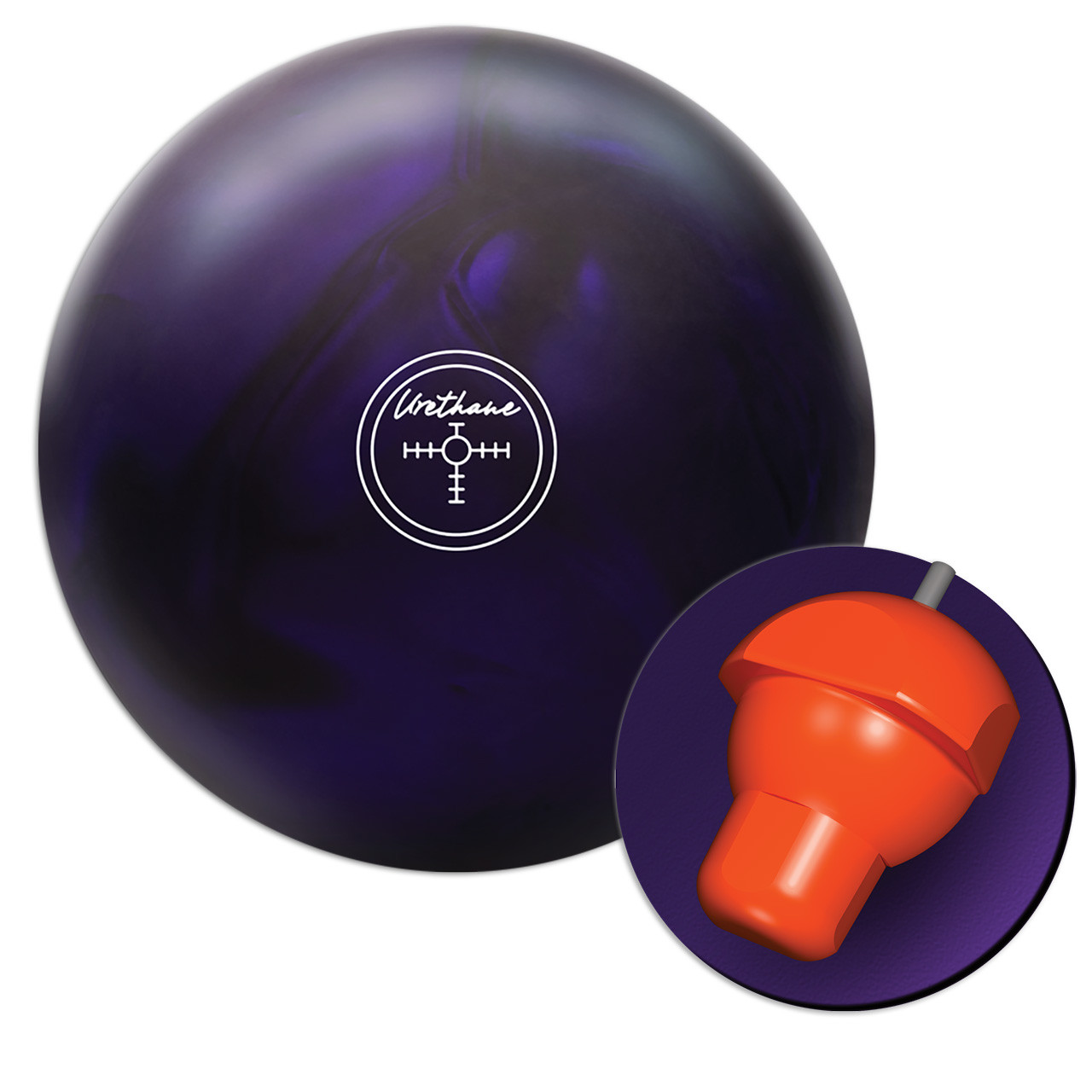
After reactive balls came on the market, urethane balls found their way into the bags of more entry-level bowlers. But fashion goes in circles.
After dusting in the basements for nearly three decades, urethane-surfaced bowling balls have relived their renaissance recently in professional bowling thanks to their early response on the lane, predictable trajectory, and durability.
Each manufacturer has released its line of urethane balls. Players can only imagine their arsenal with this reliable partner, whose price ranges between 140 to 160 euros.
Reactive bowling balls
After the innovation of reactive bowling balls, the world of bowling sport turned upside down. Reactive surface balls have much better friction and stronger angular reaction on the lane than urethane balls.
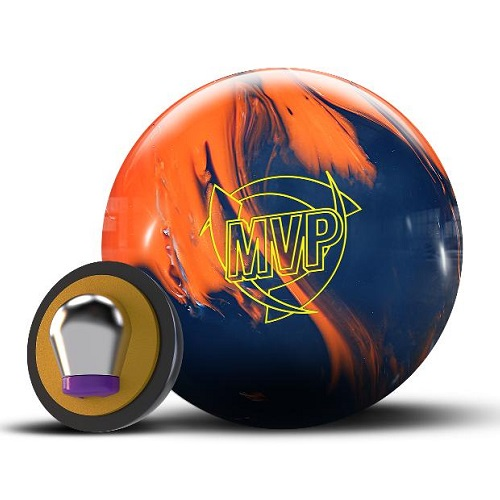
Indeed, this type of bowling ball is also the most expensive - prices start at 100 euros but can reach up to 300 euros. Almost all new balls released by manufacturers have a reactive material surface (except urethane balls). Although each reactive material bowling ball is unique, manufacturers generally divide them into three main groups:
- Reactive solid - the most straightforward reactive surface ball with consistent and predictable hook potential on the lane. Due to the porous surface, the reaction on the lane is earlier. Reactive solid bowling balls use up some created potential energy while moving in lane oil, ending up entering the pins at a gentler angle and with less power.
- Reactive pearl - is the same reactive surface bowling ball, only with the addition of mica. The mica allows the ball to have less grip in the oil, so it saves all its potential energy for the dry zone at the end of the lane, creating a sharp and aggressive reaction.
- Reactive hybrid – it is a mix of solid and pearl surfaces. Usually, these balls come in two mixed colors: one is solid, and the other is pearl. This ball reacts with solid and pearl surface characteristics, making it versatile and a favorite among professionals.
Modern ball manufacturers, unlike before, literally 'bake' balls, introducing a different, somehow superior ball every month. But unfortunately, long gone are the days when you bought a bowling ball and knew you would be using it successfully for at least ten years. Although they are technologically superior to the old ones, the new balls last much less. A more intensively used bowling ball stops performing after about half a year of usage. Changing your entire six-ball arsenal every six months can be expensive. So it is essential to know what to buy and how the new ball will supplement the already existing ball arsenal.
How to choose a bowling ball?
When selecting the ideal bowling ball for your game, it's crucial to align your choice with your skill level, playing style, and lane conditions. Entry-level bowlers often find success with a two-ball arsenal comprising a reactive material ball and a plastic ball. The reactive ball, especially one with a hybrid surface, provides the versatility needed for striking shots, adapting to different lane conditions, and delivering a dynamic response. On the other hand, the plastic ball, known for its durability and low friction, becomes an invaluable asset for spare pickups.
Consider the weight of the bowling balls as well. While it's tempting to go for a heavier ball for more power, it's essential to find a balance that complements your strength and control. Most bowlers find success with a ball that is around 10-16 pounds. Additionally, the finger hole placement and size play a crucial role in achieving a comfortable and effective grip, so ensure the drilling is tailored to your hand.
Moreover, staying informed about the latest advancements in bowling ball technology can be advantageous. Manufacturers frequently introduce new models with innovative features, but it's essential to evaluate whether these advancements align with your playing style and needs. Keep in mind that the longevity of a bowling ball varies, and regular maintenance is key to preserving its optimal performance.
In conclusion, choosing the right bowling ball is a blend of science and personal preference.
As you embark on your bowling journey, remember that it's not just about acquiring the most expensive or technologically advanced ball but finding the one that complements your skills and enhances your overall game. Whether you're a seasoned bowler or just starting, the right combination of surface material, weight, and drilling can significantly impact your performance. Experiment with different balls, pay attention to your strengths and weaknesses on the lane, and don't hesitate to seek advice from experienced bowlers or professionals. By investing time in understanding the nuances of bowling ball selection, you're not just choosing equipment; you're crafting a strategy to conquer the lanes and elevate your bowling experience.
